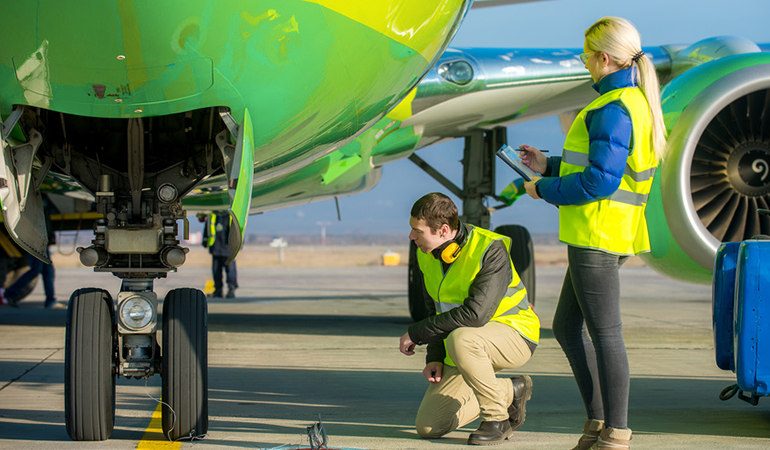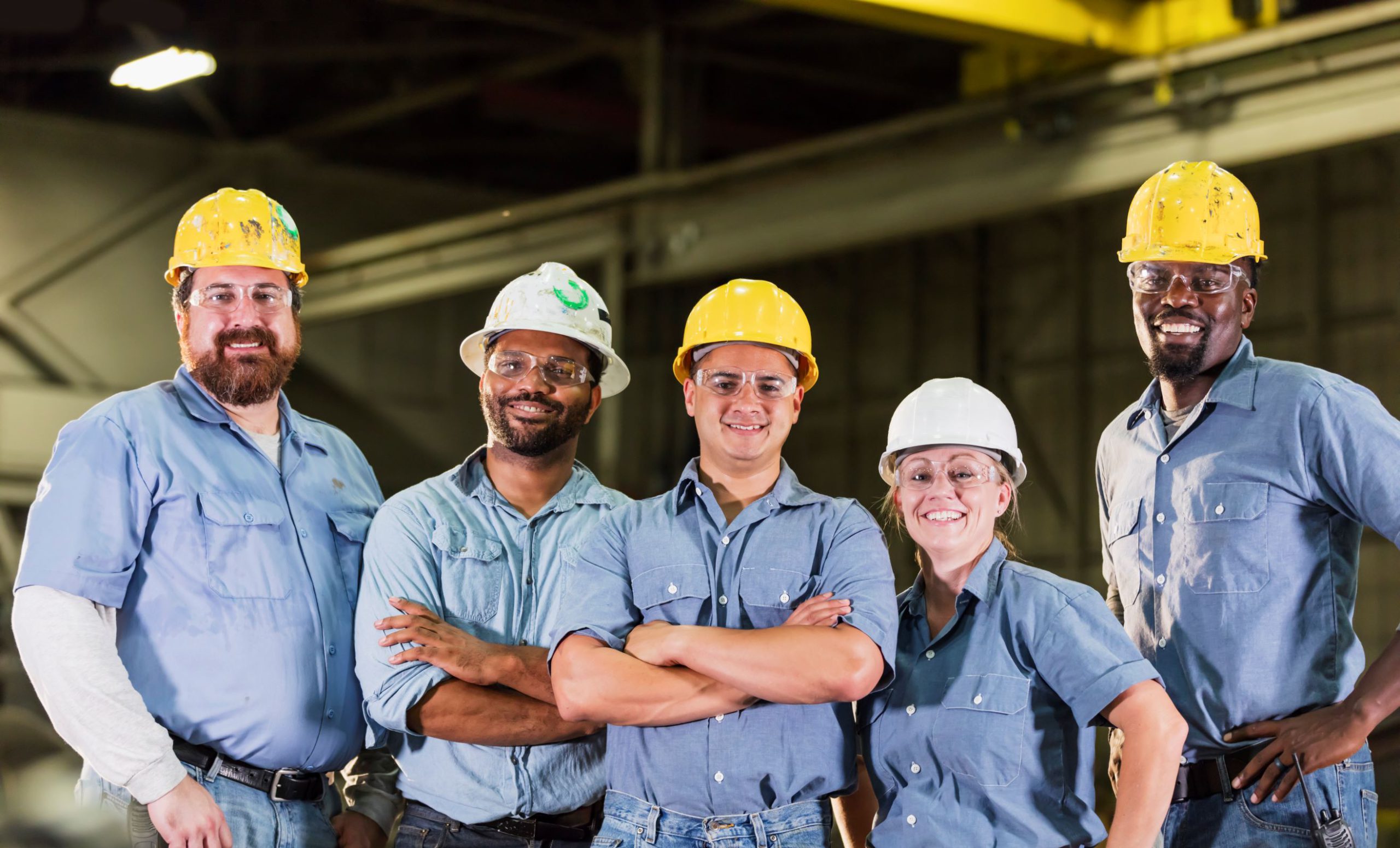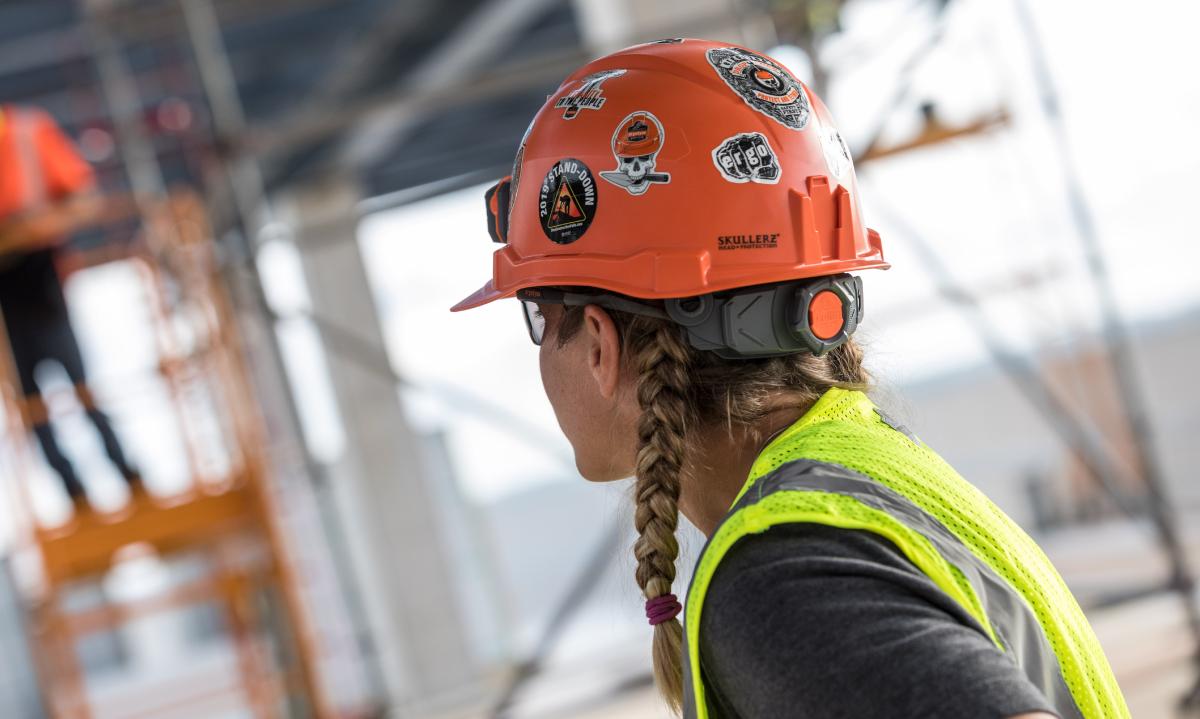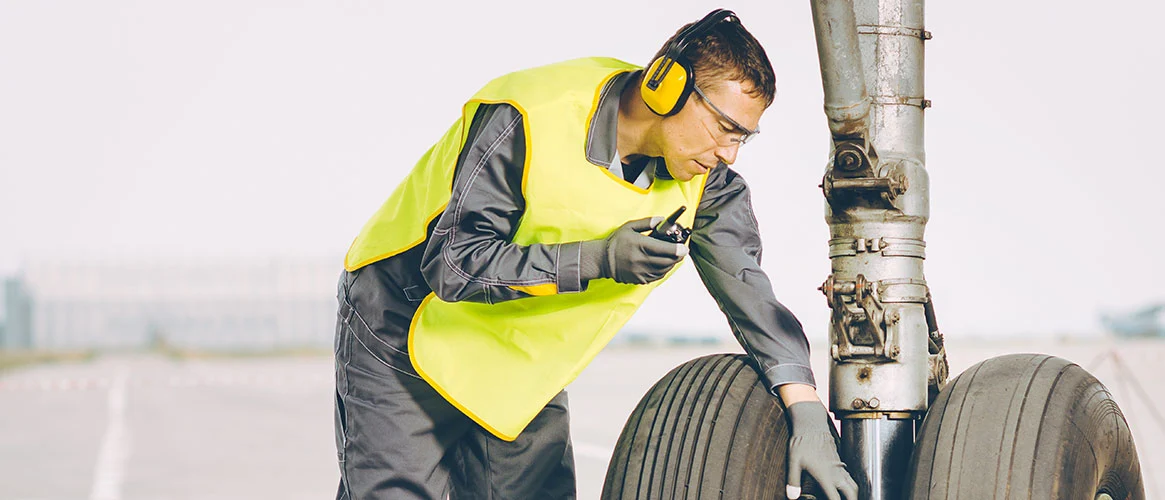Table of Contents
Aircraft maintenance technicians play a vital role in ensuring the safety of commercial and military aircraft. However, their jobs can be dangerous, and they are at risk of a variety of hazards. This comprehensive guide provides employers and aircraft maintenance technicians with the information they need to create a safe and healthy work environment.

Provide Adequate Training and Supervision
Aircraft maintenance technicians need to be properly trained on all of the equipment and procedures that they will be using. This includes safety procedures, lockout/tagout procedures, and hazardous materials handling procedures. Technicians should also be supervised by experienced technicians who can ensure that they are working safely.
Training for aircraft maintenance technicians should cover a wide range of topics, including:
- Aircraft maintenance procedures: This includes training on how to inspect, repair, and maintain all parts of an aircraft, including the airframe, engine, electrical system, and hydraulic system.
- Safety procedures: This includes training on how to identify and avoid hazards, as well as how to use equipment safely.
- Lockout/tagout procedures: This includes training on how to safely isolate and de-energize equipment before performing maintenance.
- Hazardous materials handling procedures: This includes training on how to safely handle and dispose of hazardous materials, such as chemicals and fuels.
In addition to classroom training, aircraft maintenance technicians should also receive on-the-job training from experienced technicians. On-the-job training provides technicians with the opportunity to learn how to perform maintenance tasks in a real-world setting.
Technicians should also be supervised by experienced technicians who can ensure that they are working safely. Experienced technicians can provide guidance and support to new technicians, and they can also help to identify and correct any unsafe practices.
Here are some additional tips for training and supervising aircraft maintenance technicians:
- Make sure that all training is conducted by qualified instructors. Instructors should have experience in aircraft maintenance and should be familiar with the latest safety procedures and regulations.
- Use a variety of training methods, including classroom training, hands-on training, and simulation training. This will help to ensure that technicians learn the material in a way that is most effective for them.
- Provide technicians with regular opportunities to practice their skills. This can be done through on-the-job training, as well as through simulation exercises and other training activities.
- Supervise technicians closely, especially when they are performing new or complex tasks. This will help to ensure that they are following safety procedures and that they are not making any mistakes.
- Provide technicians with regular feedback on their performance. This feedback should be both positive and negative, and it should be used to help technicians improve their skills and knowledge.
Provide Proper Personal Protective Equipment (PPE)
Aircraft maintenance technicians need to be provided with the proper PPE to protect them from the hazards that they are exposed to. This PPE may include safety glasses, gloves, hard hats, respirators, and earplugs. Employers should ensure that technicians are wearing the proper PPE at all times.
- Safety glasses: To protect the eyes from flying debris, sparks, and chemicals.

- Gloves: To protect the hands from cuts, burns, and chemicals.

- Hard hats: To protect the head from falling objects and bumps.

- Respirators: To protect the lungs from harmful fumes and dust.

- Earplugs: To protect the hearing from loud noises.

Employers should ensure that technicians are wearing the proper PPE at all times. This is especially important when working in hazardous areas, such as near aircraft engines or when using chemicals.
Here are some additional tips for ensuring that aircraft maintenance technicians are wearing the proper PPE:
- Provide technicians with a variety of PPE options to choose from. This will help to ensure that they have the PPE that is most comfortable and effective for them.
- Make sure that all PPE is properly maintained and in good condition. PPE that is damaged or not properly maintained will not be as effective in protecting technicians from hazards.
- Train technicians on how to properly use and maintain their PPE. This includes training on how to fit PPE properly and how to inspect PPE for damage.
- Enforce PPE policies consistently. All technicians must be required to wear the proper PPE at all times, regardless of their experience or position.
Maintain a Safe Work Environment
The work area should be kept clean and free of clutter. All equipment should be properly maintained and in good working order. Employers should provide adequate lighting and ventilation.
Here are some additional tips for keeping the aircraft maintenance work area clean, organized, and safe:
- Designate a specific area for storing tools and equipment. This will help to keep the work area clutter-free and make it easy for employees to find what they need.
- Label all tools and equipment. This will help to prevent employees from using the wrong tool for the job and will also help to ensure that all tools and equipment are returned to their proper storage location after use.
- Regularly inspect the work area for hazards. This includes looking for spills, leaks, trip hazards, and other potential dangers.
- Clean up spills and leaks immediately. Do not allow oil, grease, or other fluids to accumulate on the work floor.
- Keep all electrical cords and cords neatly organized. Avoid running cords across walkways and other areas where they could create a trip hazard.
- Provide adequate training for all employees on safety procedures. This includes training on how to identify and avoid hazards, as well as how to use equipment safely.
Implement Safety Procedures
Employers should have safety procedures in place for all aspects of aircraft maintenance. These procedures should be communicated to all employees and should be enforced consistently.
Employers should have safety procedures in place for all aspects of aircraft maintenance, including:
- Lockout/tagout procedures: These procedures are designed to prevent accidental energization of equipment and machinery while maintenance is being performed.
- Hazardous materials handling procedures: These procedures are designed to protect employees from exposure to hazardous chemicals and fumes.
- Working at heights procedures: These procedures are designed to protect employees from falls when working on elevated platforms and equipment.
- Confined space entry procedures: These procedures are designed to protect employees from hazards when working in enclosed or confined spaces.
- Fire prevention and response procedures: These procedures are designed to prevent fires from starting and to help employees respond safely in the event of a fire.
In addition to these general safety procedures, employers should also have specific procedures in place for each type of aircraft maintenance task that is performed. For example, there should be specific procedures for replacing landing gear, inspecting engines, and performing maintenance on electrical systems.
It is important to communicate all safety procedures to all employees, including new hires, contractors, and visitors. Safety procedures should be communicated both verbally and in writing. Employers should also provide training on safety procedures to all employees.
Once safety procedures have been communicated to employees, it is important to enforce them consistently. This means that all employees must follow the safety procedures, regardless of their experience or position. Employers should discipline employees who fail to follow safety procedures.
By having safety procedures in place and enforcing them consistently, employers can help to prevent accidents and injuries in the aircraft maintenance workplace.
Conduct Regular Safety Inspections
Employers should conduct regular safety inspections of the workplace and equipment to identify and correct any potential hazards.
What Aircraft Maintenance Technicians Can Do to Keep Themselves Safe
- Always follow safety procedures. This includes wearing the proper PPE, following lockout/tagout procedures, and being aware of your surroundings.
- Use the right tools for the job. Don’t try to use a tool for a purpose that it was not designed for.
- Be careful when working with hazardous materials. Always follow the manufacturer’s instructions and take precautions to avoid exposure to hazardous chemicals and fumes.
- Be aware of your fatigue level. If you are tired, don’t work on aircraft. Fatigue can lead to mistakes and accidents.
Additional Safety Tips for Aircraft Maintenance Technicians
- Use a safety harness when working on elevated platforms.
- Be aware of the aircraft’s weight distribution. Avoid placing too much weight on one side of the aircraft, as this could cause the platform to tip over.
- Be aware of moving machinery and equipment. Keep your hands and clothing away from moving parts.
- Use caution when working with electrical components. Always lockout/tagout electrical equipment before working on it.
- Be aware of the potential for fire and explosion. Take precautions to avoid igniting flammable materials and vapors.
By following these safety tips, aircraft maintenance technicians can help to protect themselves from a variety of hazards and create a safer work environment for everyone.

0 Comments